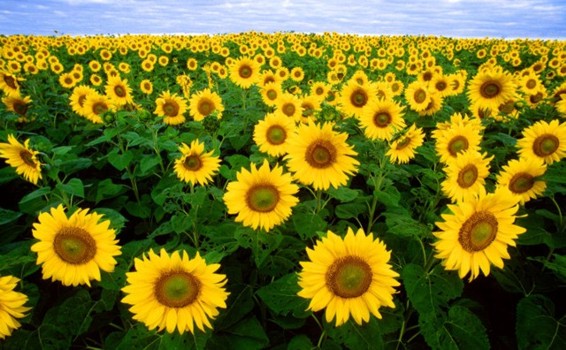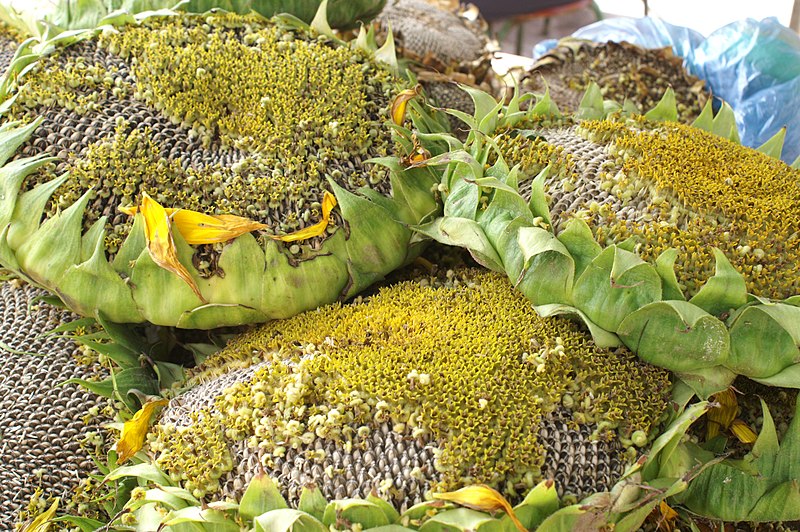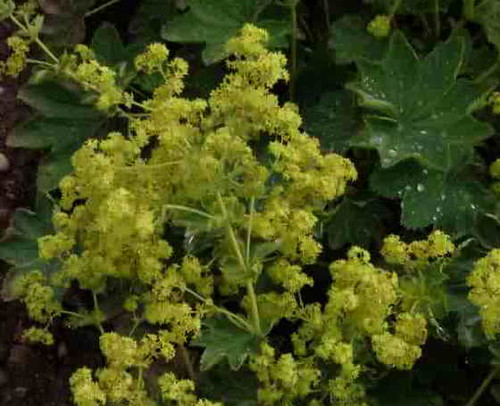Geranium, an aromatic plant
The geranium is one of the most popular plants in Spain. Among its peculiarities, its color, its striking appearance and ease of cultivation make it a favorite for decorating gardens and interior decoration. Think of a geranium is seeing a bright red or pink very happy, but are most of the varieties we imagine that this issue offers us, not only for its appearance but also in its aromas.

They belong to the family and within the geranicéas differ geranium and pelargonium, which are the most commonly grown in gardens. Pelargonium Among over 250 species divided into four families: the cells who are traditionally are placed in pots, the ivy leaf, representing a thicker foliage, the real parts of which are more wrinkled green and grown in greenhouses, and fragrant type, characterized by a strong smell, which makes also for decoration, are well known among manufacturers of aromatic oils and soaps.
African Fragrances
The geraniums from South Africa and its cultivation is spreading throughout temperate and tropical, with temperatures below 0 º C. This feature makes it very commonly found in areas of Andalusia and the Mediterranean, but its use also extends to the whole of Spain and many European countries. Depending on the type they are, the leaves are of different size and flower color vary. Among the fragrant geraniums can make a classification by type of scent that exhale from touching the leaves:
- Pelargonium capitatum: its flowers are a pink tone and the fragrance they give off is assimilated to the roses.
- Pelargonium crispum: lemon geranium commonly known by its similarity with the smell of this fruit, is characterized by its curly leaves and violet flowers, for its ease of culture and its importance in the perfume industry.
- Pelargonium fragrans: with small white flowers with red nerves and soft leaves that give off different scents, is known as geranium nutmeg.
- Graveloens Pelargonium or geranium rose: is the most common as an indoor plant, with foliage and flowers balsamic soft pink or purple.
- Pelargonium radens: their leaves also smell like roses, but the flowers tend to pale purple.
- Pelargonium tomentosum: with an essence of peppermint, has soft leaves and small white flowers.
His care at your fingertips
Although careful cultivation and great efforts will not we, it is important to some basics. For proper development, we provide our geraniums slightly acidic soils with a pH between 5 and 7 and having a good drainage to avoid standing water, although you can use compost if the soil does not meet these requirements. The use of fertilizers is also indicated if they suffer from lack of nitrogen, if they lack this component is very likely that our present one geranium leaves become yellow and it looks unhealthy.
The frequency of watering will depend on what stage is the plant. If you are in bloom, usually in spring or summer, we will provide enough water twice a week. The rest of the year is hardly necessary, indeed it is appropriate to allow the soil to dry before re-wetting. For watering, it is important to avoid wetting the leaves, because if they get wet may develop fungus. The best solution is to help with a shower nozzle and delve into the land of the pot.
Geraniums are flowers that need lots of light and is ideally placed to grow them in gardens or pots on a balcony or exterior window. However, if they are grown indoors is important that they be exposed to the sun and store them in a ventilated environment. When plants from temperate zones, we should try that temperatures are not too extreme, since they can not stand frost, but do not hold out environments well above 30 ° C. If we live in places where it is hot in summer, we'll reserve is recommended during this time, the coolest places in the house.
Dangers they are exposed
Although delicate care of our plants, it is sometimes impossible to avoid getting sick, so it is important to understand the main risks to make a quick diagnosis and to act.
Fungi are the main enemies for geraniums live in humid areas. We will know from his appearance because the leaves will stain. It is best to place the pot in an airy and provide a fungicide. The humidity combined with high temperatures, is causing rust, a disease that attacks the leaves of the geranium making these die. The first symptom is white spots or yellow. If we find this kind of colors, we prune the infected leaves and provide a fungicide before it spreads too much.
When the stem or root geranium yellow tones present, probably the black man had attacked foot, a condition also caused by fungi and can be treated with a fungicide. We will not get results if the disease is well advanced, inevitably, our plant will die.
The pests are to blame for many plants to die helplessly, and geranium is not without risk. The most serious is a butterfly from Africa and acts from inside the geranium cuttings, as a small caterpillar. The disease is called geraniums and drill bit can do if our dog is concerned.
It is best to resign and get rid of geranium before it can damage other non-infected geraniums. Other insects that can attack are white flies that bite the leaves causing them to lose color, and red spider, invertebrate that can cause death of the plant. Looking to appear yellowish points it is best to spray with an insecticide as soon as possible.
Healing Aromas
geranium
We can find geraniums and colorful gardens balconies of many fronts, but the fragrant type, besides decorating our rooms and brighten our eyes, with its pleasant aroma, they can serve as natural air fresheners. Stir sufficient foliage to surprise us with a smell of roses, lemon or mint depending on the variety we have. Besides domestic use, the perfume industry also takes advantage of these embraguiadoras essences. By the distillation of geranium leaves, yields a highly aromatic oil which provides a floral perfume. The most used is the pelargonium capitatum, whose smell like the roses has nothing to envy the popular fragrance of these flowers.
But the most spectacular is its use as a base ingredient in aromatherapy, a discipline that is increasingly attracting more adherents, to treat mood problems. Many natural medicine experts say will stimulate the use and safety of people, and their oils, massage applied through skin, act as perfect relaxing nervous. Other healing properties related to its antibacterial function, being the base of creams to treat skin conditions.





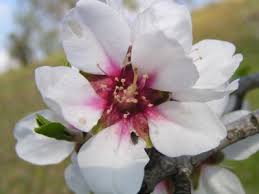



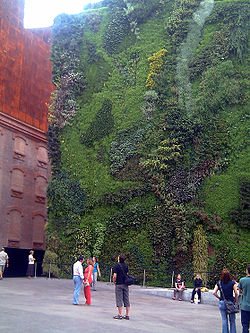



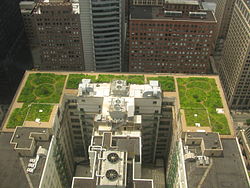
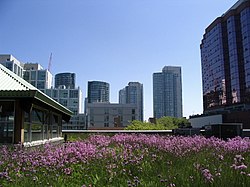
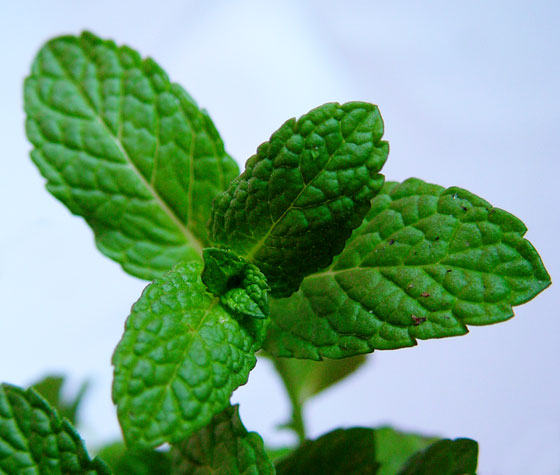










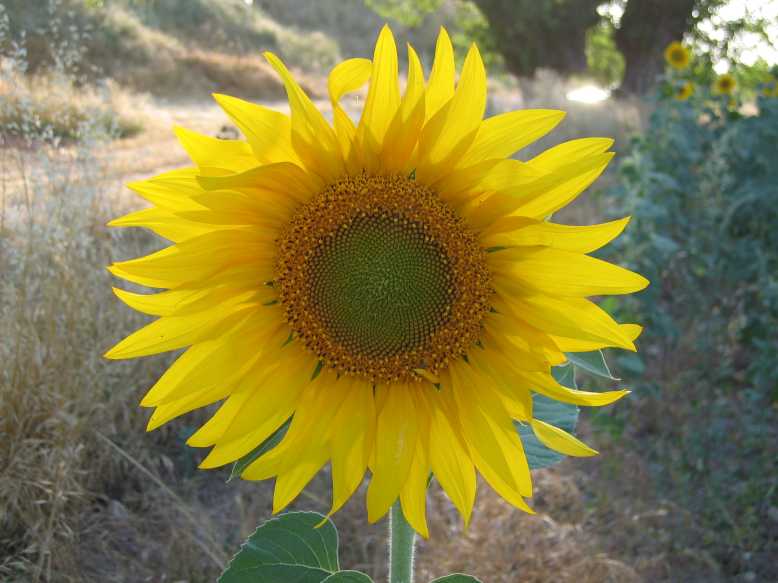 <
< 